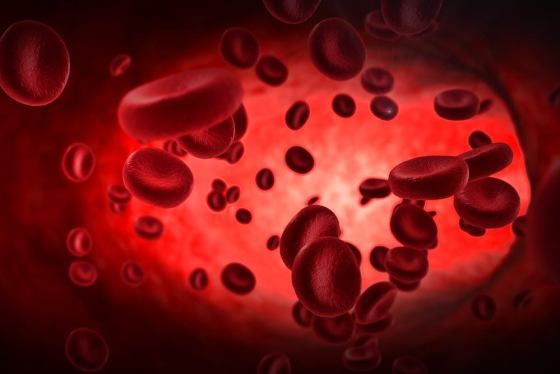The Nigerian Institute of Medical Research (NIMR) has expressed renewed optimism that the country is firmly on track to eliminate river blindness (onchocerciasis), a debilitating disease that has long plagued rural communities in Nigeria. According to the Institute, the sustained interruption of disease transmission in several endemic states marks a critical turning point in the national fight against the infection.
At the institute’s monthly media briefing, Dr. Babatunde Adewale, Director of Research at NIMR and member of the Lagos State Health Research Ethics Committee, highlighted that Nigeria has reached a major milestone in its elimination campaign. This achievement, he said, is largely due to 15 years of consistent mass drug administration (MDA) using the antiparasitic medication ivermectin.
“We’re beginning to see concrete results. Several states have successfully halted transmission,” Adewale declared. “This success is not by accident—it’s the outcome of focused, evidence-driven public health intervention.”
Disease Background and Transmission
River blindness is caused by Onchocerca volvulus, a parasitic worm transmitted through repeated bites from infected blackflies that breed in fast-flowing rivers. The disease leads to a spectrum of health issues, from skin irritation and nodules to permanent blindness.
Dr. Adewale explained the science behind its progression:
“The microscopic larvae, called microfilariae, move through the bloodstream and invade the eyes. When they reach the retina and optic nerve, they cause inflammation that can lead to clouded vision or irreversible blindness.”
States Achieving Transmission Interruption
Progress has been recorded in Anambra, Abia, Nasarawa, and Katsina, where transmission has been formally interrupted, verified through Transmission Assessment Surveys (TAS). These involved testing over 3,000 children aged 5–9 in each state using dry blood spot (DBS) samples.
“If fewer than 0.1% of tested samples return positive, it’s a strong indicator that transmission has been halted,” said Adewale. Once this benchmark is met, states move into post-treatment surveillance, a three- to five-year phase of rigorous monitoring.
If no new infections emerge during this period, states can proceed to the final WHO verification phase, after which elimination is declared.
Ivermectin: The Game Changer
The antiparasitic drug ivermectin has been the cornerstone of Nigeria’s elimination strategy.
“A single dose suppresses skin microfilariae for up to six months,” Adewale explained. “In some high-transmission areas, treatment occurs twice a year to ensure full coverage.”
He noted that while the initial goal was disease control, long-term data confirms that elimination is achievable within 12 to 15 years of consistent treatment.
So far, an estimated 37 million Nigerians have been removed from the treatment cycle due to confirmed transmission interruption, though 43 million remain at risk, especially in areas where treatment is still ongoing.
NIMR’s Critical Role in Elimination
NIMR plays a central role by:
Providing technical expertise to the Federal Ministry of Health
Offering laboratory services for surveillance sample analysis
Supplying evidence-based research to guide intervention strategies
“NIMR is one of just four certified labs in the country processing surveillance samples,” said Adewale. “Post-interruption, continued treatment is still necessary to clear existing infections and prevent resurgence.”
He emphasised that elimination is not a one-time event, but a phased, evidence-based process involving long-term monitoring and lab confirmation.
Addressing Sociocultural Barriers
Dr. Adeniyi Adeleye, a medical sociologist and NIMR research fellow, stressed the importance of engaging local beliefs and cultural contexts in disease control.
“Many in affected communities do not associate the disease with insect bites,” Adeleye revealed. “Instead, they attribute it to supernatural causes like witchcraft or divine punishment.”
Such misconceptions, he warned, undermine scientific interventions.
“For health solutions to be effective, they must be culturally relevant and well-communicated. Bridging the gap between science and traditional beliefs is essential.”
The Road Ahead: Nigeria’s 2030 Target
With its multi-pronged approach—combining scientific rigor, pharmaceutical consistency, laboratory surveillance, and sociocultural engagement—Nigeria is well-positioned to meet the WHO’s 2030 elimination target for river blindness.
NIMR remains committed to supporting this journey with data, research, and public health leadership.
“Elimination is within reach,” Adewale affirmed. “But we must stay the course, finish the process, and ensure no community is left behind.”





